One of the benefits of being a freelancer is that you can take the odd day off without worrying about eating into your holiday entitlements and then having to have a difficult conversation at home about why you can only manage one week by the seaside in August rather than the customary two. Actually, I find it's essential to be able to do something that prohibits you checking your emails and writing another article (or blog post) from time to time, so invasive is the nature of freelance writing, where you can end up filling every idle moment with work. And standing a deep midwicket on a lazy summer afternoon achieves this goal very effectively.
So yesterday I was down in Warnford playing for the wine trade XI versus Hampshire Hoggs. Last year the corresponding fixture was a washout - we all turned upl (including Nick Oakley who drove for three hours from deepest Essex) and looked at the sky, looked at the pitch, had a lunch with some wine, and then realized that the pitch was so wet no play was going to be possible. If I remember correctly, there was about an inch of standing water under the covers.
This year, we arrived, and it began to drizzle. The rain cleared, we started, reaching 4-0. It rained again and we came off. It was looking grim, so we took an early lunch. I enjoyed a few glasses of the 2006 Rabbit Ranch Central Otago Pinot Noir, which is made at Chard Farm. It's really vibrant and fruity, with lots of presence, and upstaged a Giant Steps Yarra Pinot by some distance. I also sneked a couple of glasses of Bodega Farina's Val de Reyes sweet wine from the Toro region. It's unfortified, elegant and really quite nice - Bibendum carry this in the UK.
Eventually, things cleared up and we played a 25 over game, but we were well beaten by a side all of whom were under 30, and a majority of whom were under 20. They were clearly good cricketers, and while the wine trade side at full strength is a club-standard side, there were only nine of us (and that's with a couple of Hoggs ringers filling in), and most of us are the wrong side of 40. We scored 113 and didn't bat out the full 25 overs. I enjoyed my time in the middle, and felt very comfortable, but got run out for 7 with a direct hit. There were a couple of other run-outs, including a comical one where Robin Copestick set off for a run, Chris Quin at the other end didn't move, Robin reached Chris, who was standing his ground, only for Chris then to sacrifice himself at the last moment, probably because Robin is his boss.
When they batted, we were really looking at damage limitation, because we knew our target would never be enough. I opened with my gentle swingers, but unfortunately I had some problems with my length, and the rather dodgy cheap ball that Chris had provided simply didn't swing, as well as going out of shape after a couple of lusty blows. At the other end Charles Taverner ditched his usual brisk offspin to revert to bowling quick and was quite effective. But we didn't make the first breakthrough until late, and by then they were on their way to victory. There was still time for me to drop a swirling up and under, though.
Still, it's such a fun way to spend a day. I'm also playing next Friday in Colchester, then the following week I'm watching the Lord's test on Thursday, as well as playing on Saturday and Sunday. You never know, with all this, I might even improve a bit. There's plenty of room for that.
Labels: Central Otago, cricket
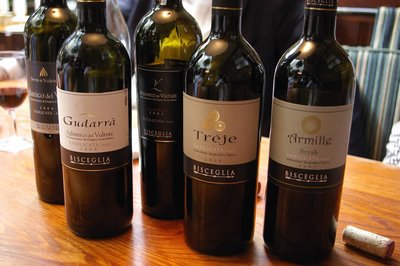
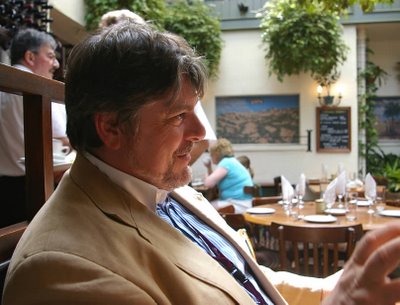
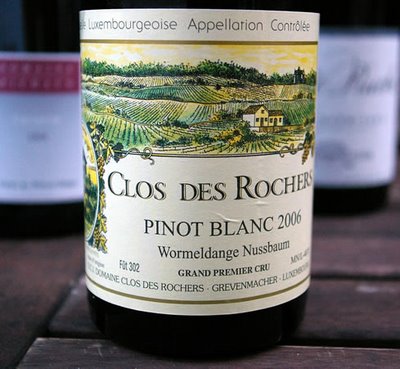
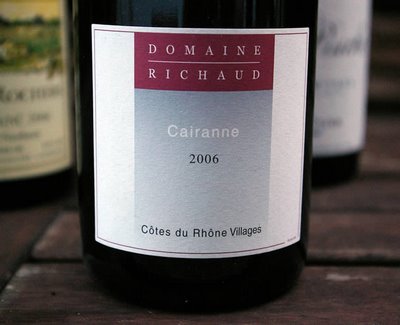
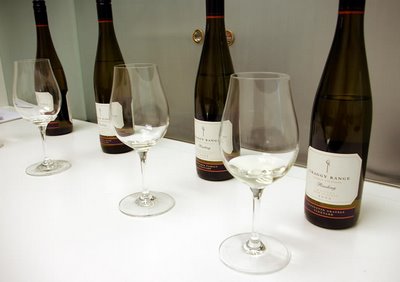
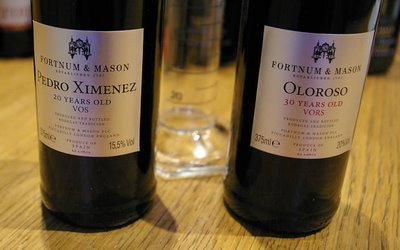
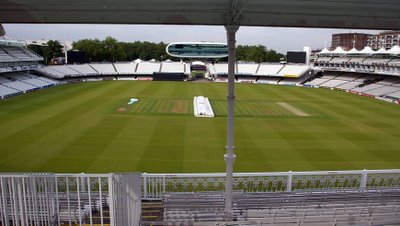
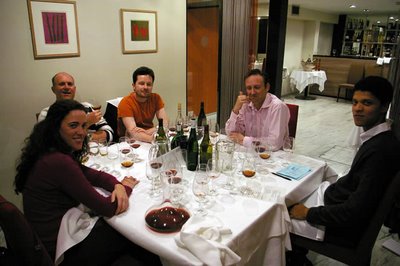 Then I was off to the City, for an internet wine geek dinner at Alba. Six of us gathered, a decade after the first UK internet wine geek offline was held (at Gilbeys in Ealing). At the inaugural event ten years ago the guests included Robin Garr (from the USA), Tom Cannavan, Nick Alabaster, Simon Goldberg and myself. Tonight, Nick Alabaster and I drank a toast to that summer evening long ago, and were joined by Theresa Regli-Iverson, Rahsaan Maxwell, David Plattner and Victor Randall. We were all known to each other through internet discussions and previous offlines, and it was a jolly night, with the conversation straying from wine to all manner of diverse topics.
Then I was off to the City, for an internet wine geek dinner at Alba. Six of us gathered, a decade after the first UK internet wine geek offline was held (at Gilbeys in Ealing). At the inaugural event ten years ago the guests included Robin Garr (from the USA), Tom Cannavan, Nick Alabaster, Simon Goldberg and myself. Tonight, Nick Alabaster and I drank a toast to that summer evening long ago, and were joined by Theresa Regli-Iverson, Rahsaan Maxwell, David Plattner and Victor Randall. We were all known to each other through internet discussions and previous offlines, and it was a jolly night, with the conversation straying from wine to all manner of diverse topics.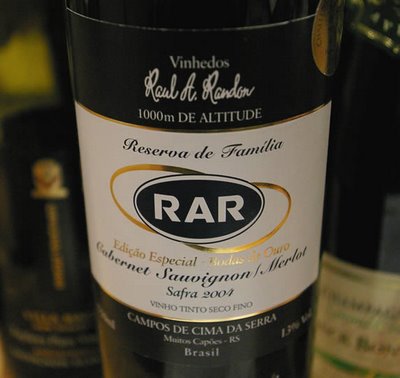
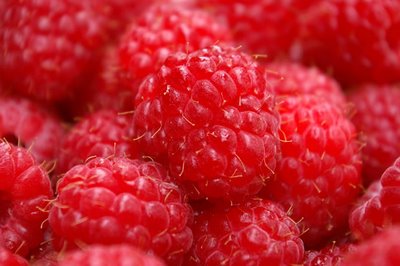
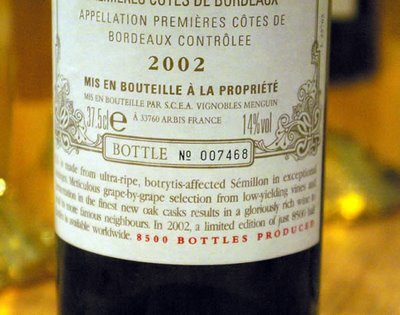

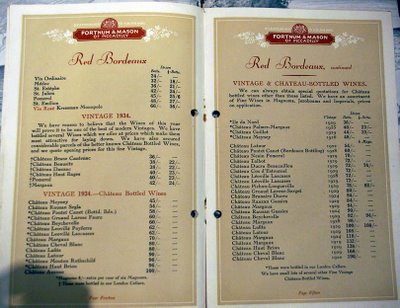
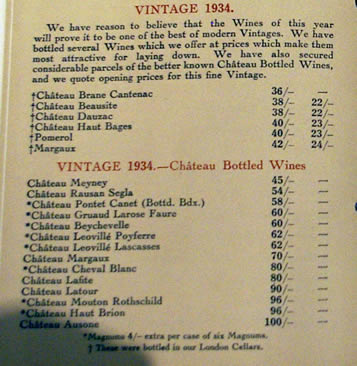 At Fortnum & Mason today to taste a few sherries with wine buyer Tim French. Tim produced an old Fortnum's wine list from 1938, which made fantastic reading.
At Fortnum & Mason today to taste a few sherries with wine buyer Tim French. Tim produced an old Fortnum's wine list from 1938, which made fantastic reading.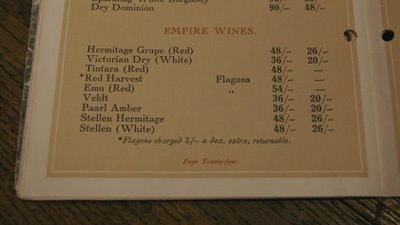
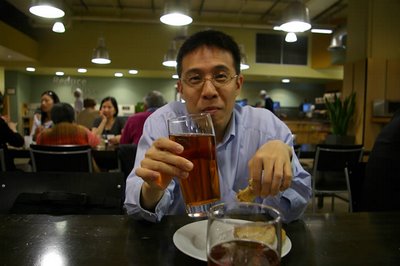
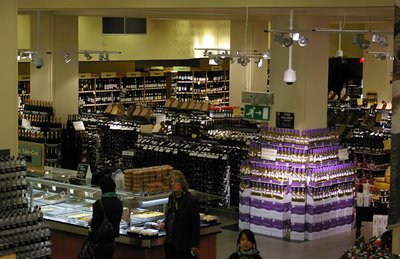
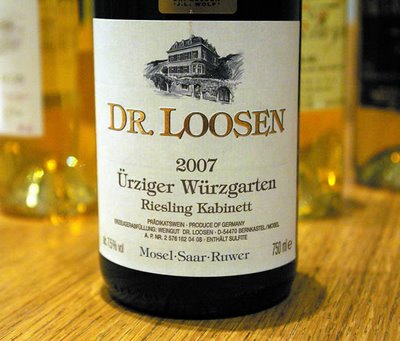
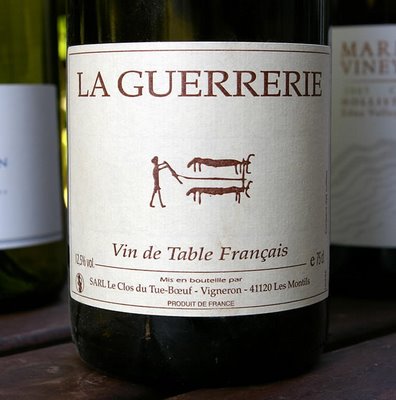
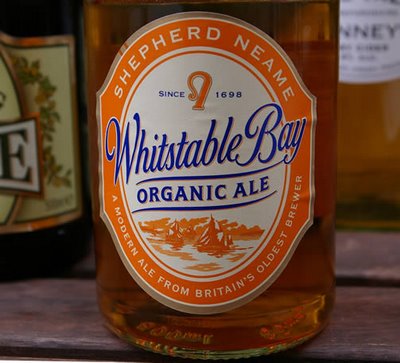
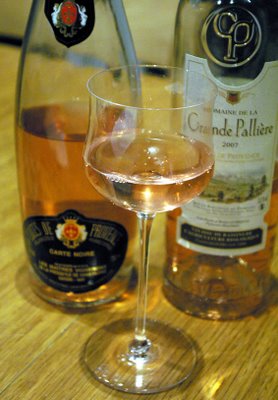
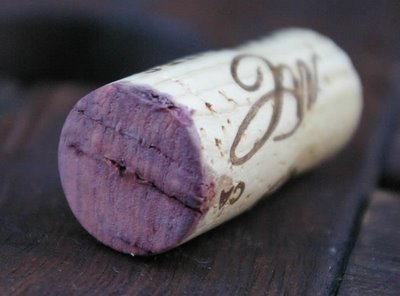
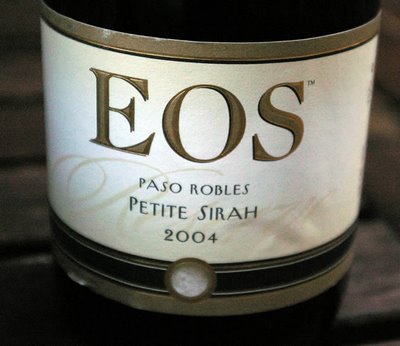
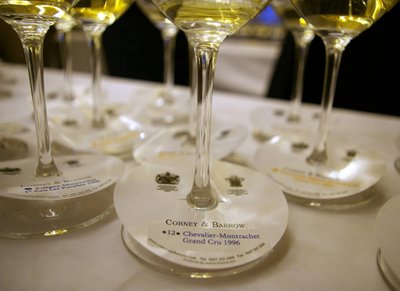
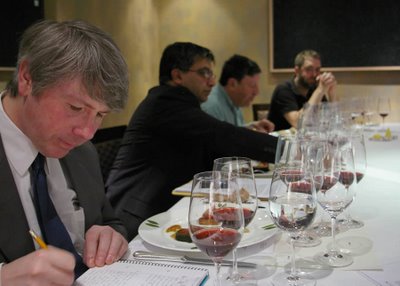
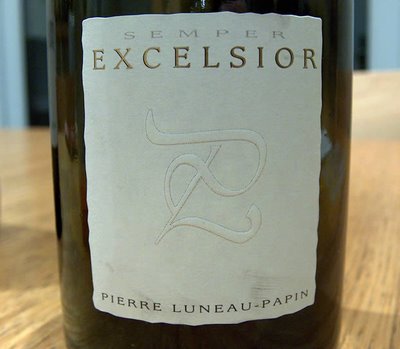
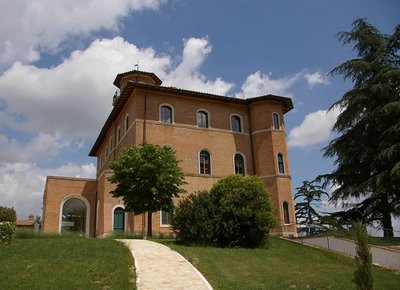
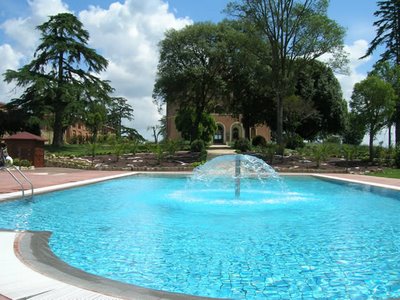
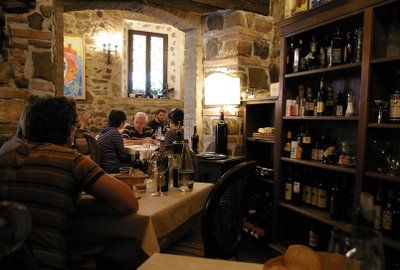
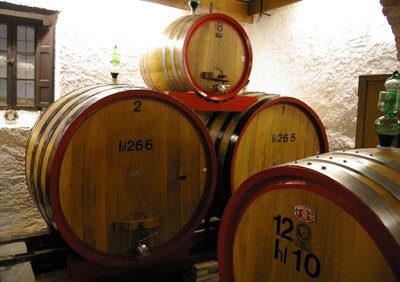
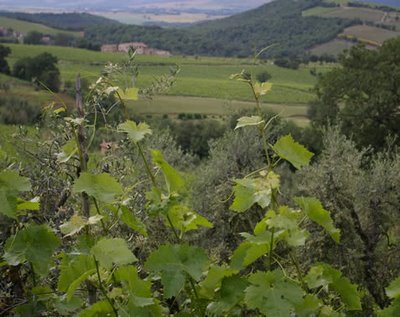
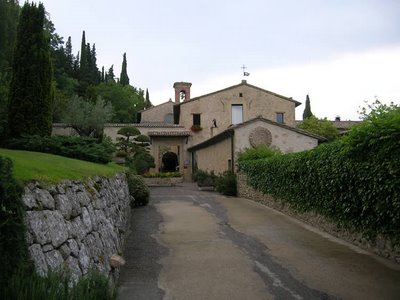

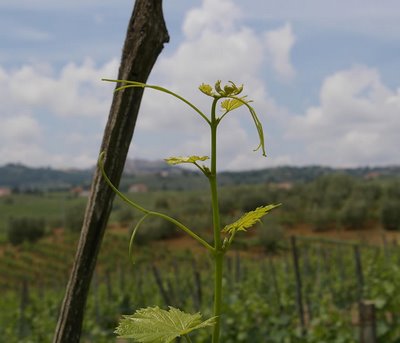
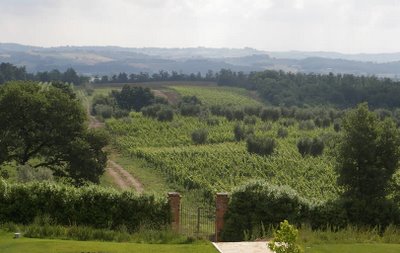
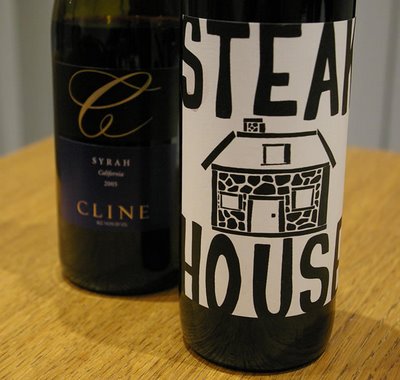
 The web log of wine journalist Jamie Goode. Feel free to nose around; your comments are welcome
The web log of wine journalist Jamie Goode. Feel free to nose around; your comments are welcome 
